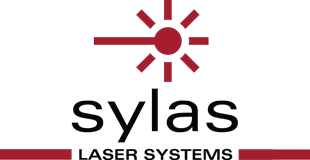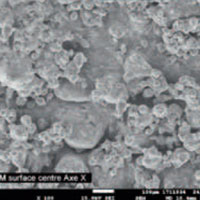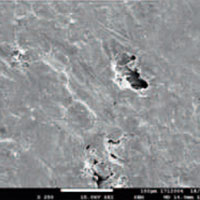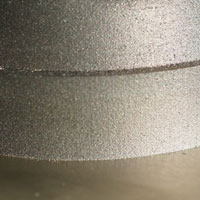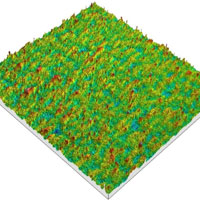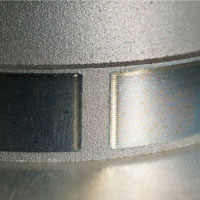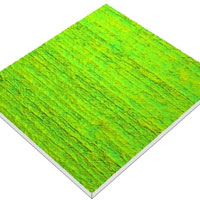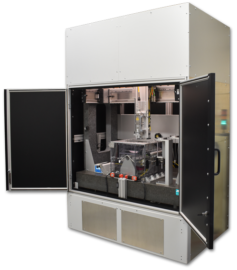Applications in additive manufacturing
Laser polishing of components produced by additive manufacturing is based on the same principles than laser polishing of components produced by conventional machining.
SPECIFIC FEATURES FOR METAL ADDITIVE MANUFACTURING
Polishing of metal components produced by additive manufacturing is characterized by roughness initial values, Ra and Rz, which are much higher than what is usually found for conventional components. In these cases, laser polishing is particularly effective. It allows deep cavities to be filled with material resulting from the fusion of adjacent peaks.
ADVANTAGES OF LASER POLISHING
Laser polishing offers many advantages for metal materials that are difficult to polish by contact polishing techniques (brush, paste, abrasive micro-components).
- Titanium tends to ignite during mechanical polishing. With laser polishing, the risk doesn’t exist and the roughness gain is impressive (up to factor 10).
- Mechanical polishing of hard material is extremely long. Laser polishing is not sensible to the hardness of metal material and time saving is very important. Here too, the roughness gain factor can be up to 10.


